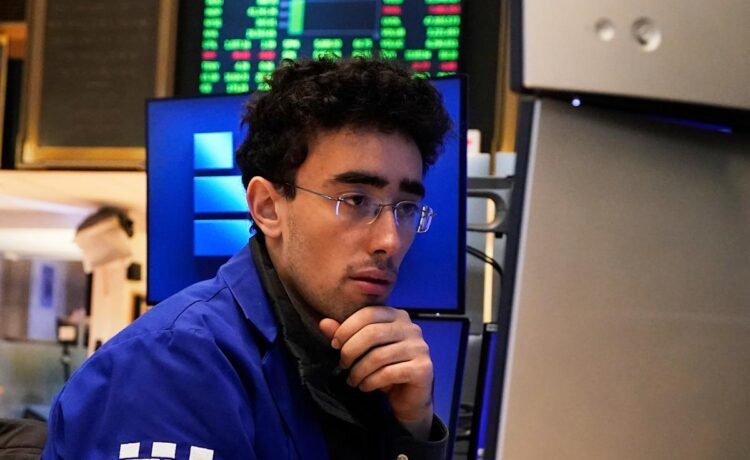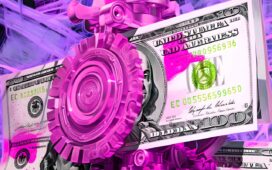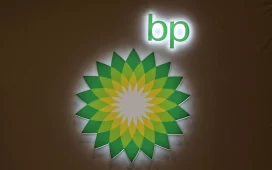It felt much longer, but the U.S. stock market needed just a few weeks to roar all the way back to where it was on President Donald Trump’s “Liberation Day.” That’s when he shocked Wall Street by announcing much steeper tariffs than expected on nearly all U.S. trading partners.
Those tariffs unveiled on April 2 were so severe that they raised fears Trump did not worry about causing a recession in his attempt to reshape the global economy. Within just four days, the S&P 500 fell about 12%, and the Dow Jones Industrial Average lost nearly 4,600 points, or about 11%.
This past Friday, though, the S&P 500 rallied 1.5% for a ninth straight gain and pulled back to where it was on April 2.
Of course, the index at the heart of many 401(k) accounts is still more than 7% below its all-time high set earlier this year. And stocks could easily fall again as uncertainty remains high about what Trump’s tariffs will ultimately do to the economy. But the run for U.S. stocks back upward has been just as wild and unexpected as its fall. Here’s a look at what happened:
The pause
On April 9, Trump announced on social media a “90-day PAUSE” for most of the tariffs he’d announced a week earlier, except those against China. The S&P 500 soared 9.5% for one of its best days ever. Even that good news came with a bit of controversy, however: hours before he announced the pause, Trump proclaimed on Truth Social that “this is a great time to buy.”
De-escalation
The weeks after the pause were a roller coaster. Trump talked about negotiating tariffs with the trading partners while also using tariffs to force companies to move manufacturing to the U.S., two goals seemingly at odds with one another. The market did find relief in what the Treasury secretary referred to as de-escalation between the U.S. and China. Investors also welcomed Trump’s moves to ease tariffs on autos as well as smartphones and other electronics.
Bonds and the buck
The severity of the U.S. stock market’s fall after Liberation Day surprised some market watchers. They had assumed Trump would backtrack on policies that hurt the Dow Jones Industrial Average. This is a president, after all, who crowed repeatedly during his first term about how the Dow was doing.
But it was fear in other financial markets that may have forced Trump’s hand. Tumbling prices for U.S. government bonds raised worries that the U.S. Treasury market was losing its status as the world’s safest place to keep cash. The value of the U.S. dollar also sank in another signal of diminishing faith in the United States as a safe haven for investors.





